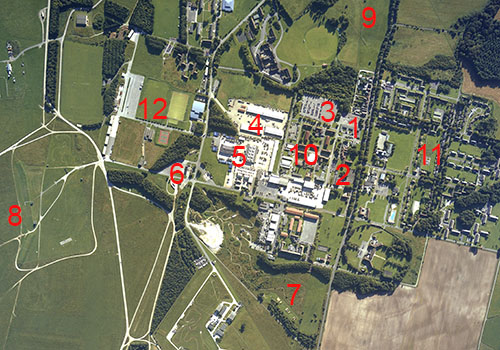|
1. Control of Entry
Access to a barracks is normally controlled by a physical barrier, located at the main gate. Adjacent to this will normally be a permanently-manned guardroom, with a parking area for visitors collecting access permits. A gate guardian, a piece of historical military equipment such as an aircraft or armoured vehicle appropriate to the function of the facility, will often be sited in this area.
|
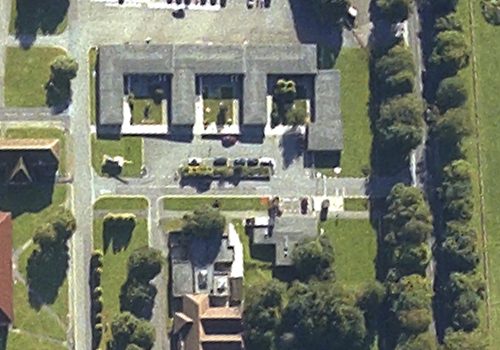 |
|
2. Headquarters/Administration
Units based at the barracks are administered and commanded by staff housed in a headquarters building. This is usually sited near to the main entrance, with a small car-park adjacent.
|
 |
|
3. Parade Square
An open space is generally required on a barracks for the parading of troops. This area often doubles as a car-park and helicopter landing area when not in use for its primary purpose.
|
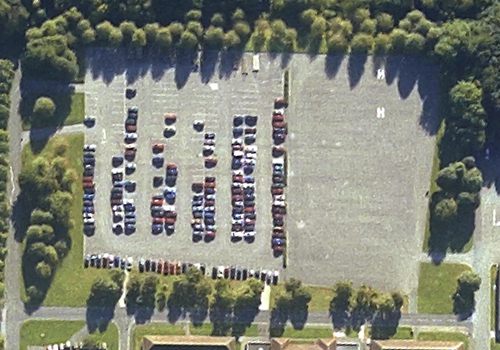 |
|
4. Vehicle Sheds
Storage sheds for military vehicles are located separate to accommodation areas; the type of equipment parked here may indicate the function of the military units at this location, and their state of readiness.
|
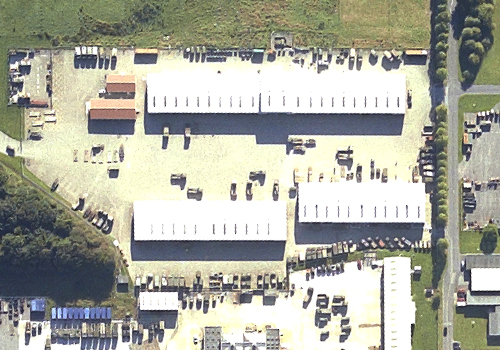 |
|
5. Workshops
Vehicles and military equipment require regular maintenance and a barracks will normally have on-site workshops to fulfil this task.
|
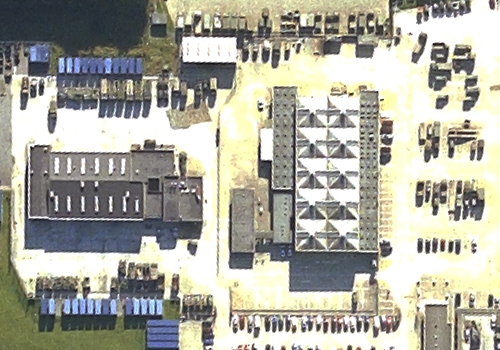 |
|
6. Wash-point
A wash-point is a common feature at a barracks. Vehicles are generally cleaned when returning from exercise and activity visible at this location can indicate the level of training undertaken at the barracks.
|
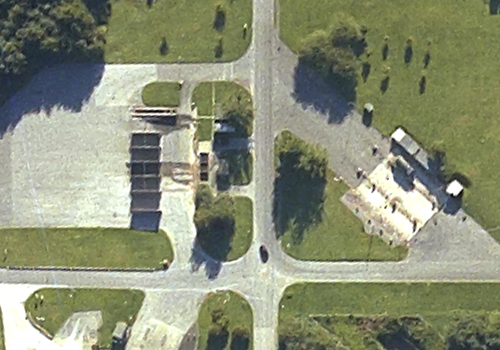 |
|
7. Training/Assault Course
General training facilities include small-arms ranges and assault courses. Specialised facilities such as driving loops, artillery firing positions or parachute towers would give more specific information about the role of a barracks.
|
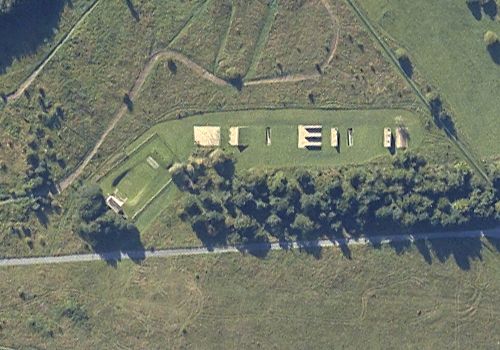 |
|
8. Demonstration Area
The presence of a long, terraced viewing area, adjacent to open ground scarred with vehicle tracks, indicates that the units based at this particular barracks regularly demonstrate their capabilities. In fact, Larkhill is the home of the Royal School of Artillery and provides training to all recruits to the Royal Artillery.
|
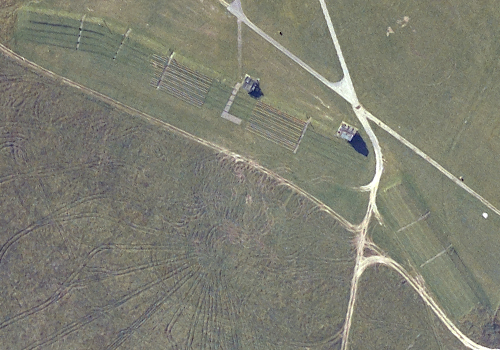 |
|
9. Security
Military installations are generally enclosed by a boundary fence or wall, with internal compounds for added security of specific areas. The perimeter may be additionally secured by lighting, watchtowers, CCTV or double-fenced dog-runs. On imagery, the security fence may not itself be visible, but can be identified from its shadow and the difference in tone of the grass underneath.
|
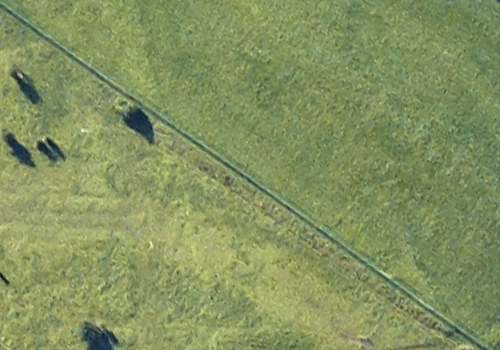 |
|
10. Single-Living Accommodation
Personnel living at the barracks are normally accommodated in dormitory-style buildings. These are generally arranged in a uniform pattern, with messing facilities and clothing stores located nearby.
|
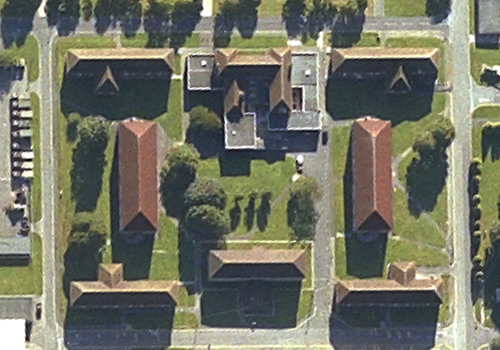 |
|
11. Married Quarters
In some countries, married personnel may be accommodated in a small housing estate, adjacent to the barracks. This is normally located off-site, although may be enclosed by its own boundary fence.
|
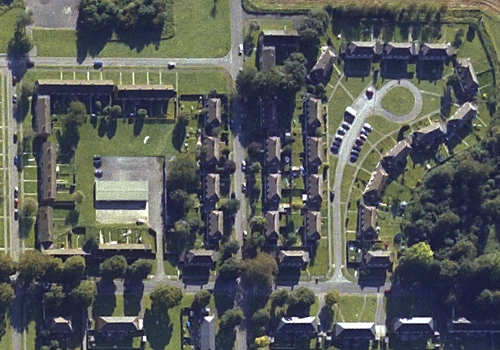 |
|
12. Recreational Facilities
The provision of sports grounds, playing fields and gymnasiums is common on military bases, where personnel are expected to maintain their physical fitness in off-duty hours.
|
 |
